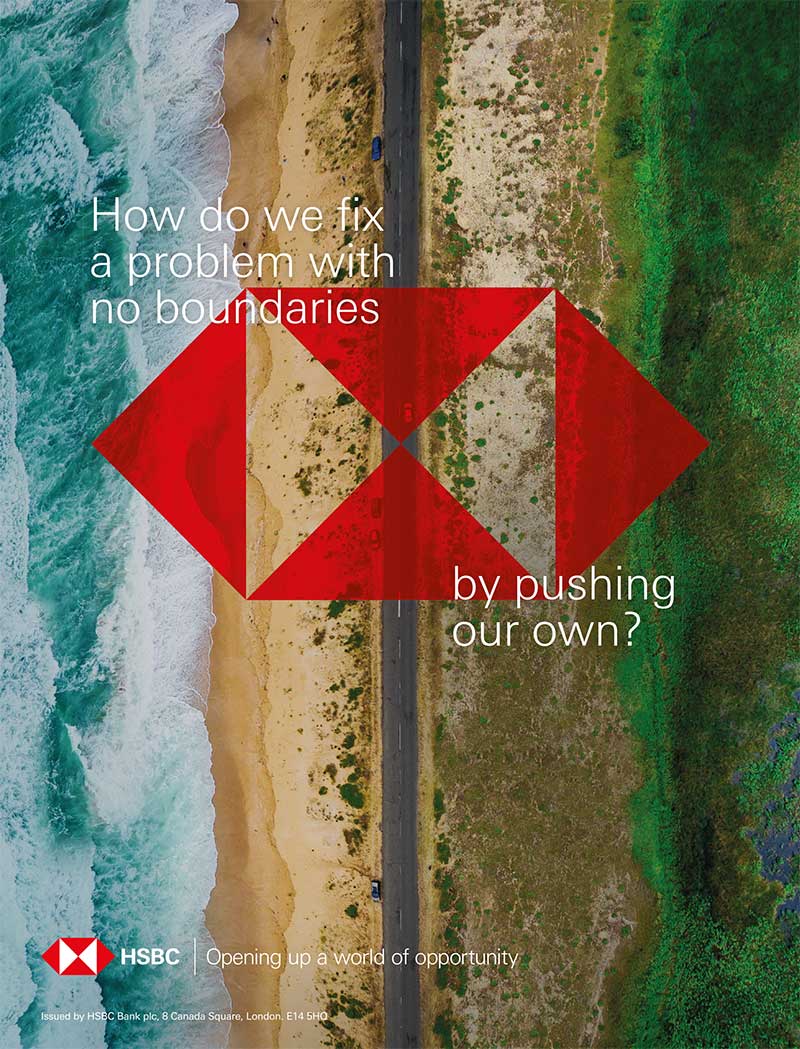Sovereign wealth funds were steadfast during pandemic turmoil
14 May 2020 London
 Image: lassedesignen/Shutterstock.com
Image: lassedesignen/Shutterstock.com
State Street has released new research in partnership with the International Forum of Sovereign Wealth Funds (IFSWF), revealing how sovereign wealth funds (SWFs) and institutional investors have reacted to the financial market volatility caused by the COVID-19 pandemic.
SWFs are the third-largest demographic of asset owners in the securities lending market representing some 6 percent of available securities and 15 percent of all loans globally, according to the latest International Securities Lending Association (ISLA) market report published in February.
ISLA says the prevalence of SWFs is growing with each market review and it "anticipates this proportion to grow significantly over time".
State Street and IFSWF's research was carried out with anonymised and aggregated institutional investor capital flows and interviews with the forum's members from nearly 40 countries.
It reveals that many SWFs and institutional investors were already either overweight cash or underweight equities before March when the economic impact of the pandemic became more apparent.
The research suggests that SWFs have not undertaken large-scale sell-offs to provide liquidity for governments as widely speculated.
“Only two of the 10 IFSWF members surveyed for this research said that they had experienced a call on their assets since the beginning of March,” says Duncan Bonfield, chief executive of IFSWF.
“Instead, they’ve been able to use their cash position to satisfy private-equity managers’ capital calls and invest in the long-term interests of their owners at a time of great uncertainty.”
Neill Clark, head of State Street associates EMEA at State Street, adds: “The indications ... represent the capital flows and behaviour across a broad set of global institutional investors and suggests that these long-term investors maintained institutional discipline during the market volatility observed in March and April.”
According to IFSWF and State Street, their research suggests that institutional investors, including SWFs, did not display widespread risk aversion in a falling market.
Instead, they selectively took on risk – for example, selling fixed-income securities to buy equities – to rebalance their portfolio and retain their asset-class allocations.
“We did not observe such widespread risk aversion during this period relative to previous crises and signs suggest there has been a stabilisation in aggregate capital flows observed across asset classes during April,” concludes Clark.
SWFs are the third-largest demographic of asset owners in the securities lending market representing some 6 percent of available securities and 15 percent of all loans globally, according to the latest International Securities Lending Association (ISLA) market report published in February.
ISLA says the prevalence of SWFs is growing with each market review and it "anticipates this proportion to grow significantly over time".
State Street and IFSWF's research was carried out with anonymised and aggregated institutional investor capital flows and interviews with the forum's members from nearly 40 countries.
It reveals that many SWFs and institutional investors were already either overweight cash or underweight equities before March when the economic impact of the pandemic became more apparent.
The research suggests that SWFs have not undertaken large-scale sell-offs to provide liquidity for governments as widely speculated.
“Only two of the 10 IFSWF members surveyed for this research said that they had experienced a call on their assets since the beginning of March,” says Duncan Bonfield, chief executive of IFSWF.
“Instead, they’ve been able to use their cash position to satisfy private-equity managers’ capital calls and invest in the long-term interests of their owners at a time of great uncertainty.”
Neill Clark, head of State Street associates EMEA at State Street, adds: “The indications ... represent the capital flows and behaviour across a broad set of global institutional investors and suggests that these long-term investors maintained institutional discipline during the market volatility observed in March and April.”
According to IFSWF and State Street, their research suggests that institutional investors, including SWFs, did not display widespread risk aversion in a falling market.
Instead, they selectively took on risk – for example, selling fixed-income securities to buy equities – to rebalance their portfolio and retain their asset-class allocations.
“We did not observe such widespread risk aversion during this period relative to previous crises and signs suggest there has been a stabilisation in aggregate capital flows observed across asset classes during April,” concludes Clark.
NO FEE, NO RISK
100% ON RETURNS If you invest in only one securities finance news source this year, make sure it is your free subscription to Securities Finance Times
100% ON RETURNS If you invest in only one securities finance news source this year, make sure it is your free subscription to Securities Finance Times



